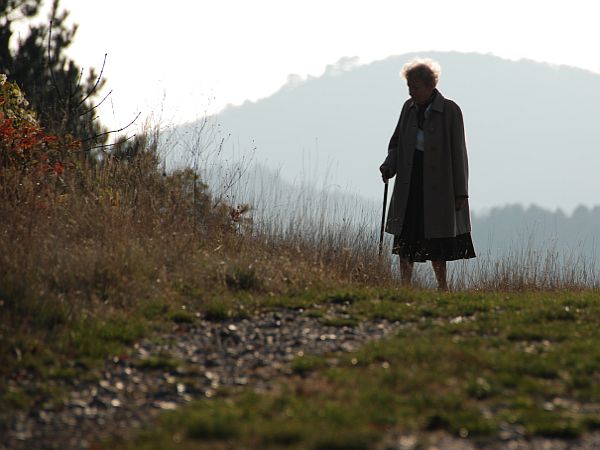
The Karst Plateau was largely deforested centuries ago, and now consists mostly of fields, bushes, and small trees. The soil is not particularly fertile and much of it is covered in stone. But the people of the Karst are proverbially sturdy and stubborn, and through the years, they have been determined to eke out a living from the area’s often unforgiving environment.
For generations, the locals would pick up the stones and use them to build stone walls between the fields. In many areas, the walls are used primarily to separate pastureland from fields where vegetables and grains are grown. Removing the rocks to make the walls also made it easier for farmers to cut the grass for winter feed.
The walls were also built around orchards and homes, where they protected people and their belongings from wild animals, the harsh Bora winds, and the wildfires that commonly rage across the plateau. The stone walls were even used to create terraces for vineyards, where the famous Teran wine is produced.
The traditional Karst walls were sturdy despite the lack of any binding material. Over the years, the local farmers perfected the art of carefully selecting the right stones to ensure the stability of each wall – and some have been around for centuries. Depending on the intended use, the walls would be either single or double, and most had gates for animals and people. Before the advent of barbed wire, farmers would frequently adorn the walls with thorns to keep wild animals out of the enclosures.
With changes to farming practices, the traditional walls have become rarer in recent years. However, a movement to preserve this age-old tradition is now emerging. If conservationists have their way, this indispensable part of the Karst landscape may soon be protected by UNESCO as a part of the world’s cultural heritage.

































































